

0 Comments
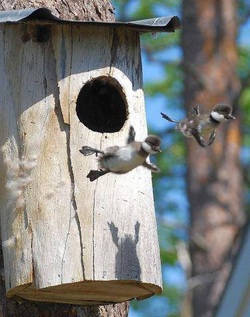 Wood ducks are one of the most beautiful birds on the planet, certainly the most beautiful duck. These birds live in wooded swamps. Natural cavities for nesting, such as holes in trees, are scarce, and the Wood Duck readily uses nest boxes put up around lake margins. If nest boxes are placed too close together, many females lay eggs in the nests of other females. They are one of the few duck species equipped with strong claws that can grip bark and perch on branches. Usually the Wood Duck nests in trees near water, sometimes directly over water, but other times up to 2 km (1.2 mi) away. After hatching, the ducklings jump down from the nest tree and make their way to water. The mother calls them to her, but does not help them in any way. The ducklings may jump from heights of up to 89 m (290 ft) without injury. ( all about birds) Then this is very interesting.....a study on wood ducks published this. A researcher was trying to raise baby wood ducks in similar conditions to nature & they were not surviving. He analyzed what he was missing & it was the jump to the ground just after hatching. Once he added that to the process - the hatchlings thrived. Apparently that jump & bump is critical & starts something working! Nature works in many ways... Apparently other ducklings do a similar JUMP. A banker is Spokane Washington saved 12 baby ducklings who one by one jumped off the ledge of a building some 20 feet up. http://www.youtube.com/watch?v=Q-vQBMkkE1M It is unknown if these duckling NEED to jump and bump in order to survive! These appear to be mallards. 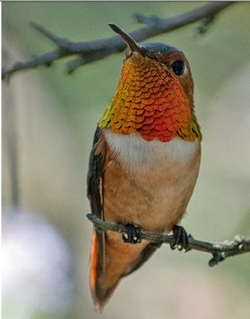 Cool Facts
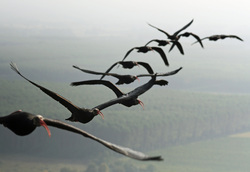 This is an interesting article where scientists studying why birds fly in V formation have determined they do so to conserve energy. This was done with the help of a group of bald ibises that were fitted with tracking devices. These ibises were hatched at Zoo Vienna in March 2011 and raised as part of a conservation project aimed at reintroducing the critically endangered species to its natural range in Europe. Some of the study’s authors served as human foster parents, taking the young birds on training flights in Salzburg, Austria. The humans rode in a paraplane, a lightweight aircraft that looks like a dune buggy attached to a parachute, and the birds followed. Eventually, the foster parents taught the birds their 600-mile migration route from Salzburg to Orbetello, Italy, by flying alongside them. The ibises made it to Tuscany in September 2011. They are expected to spend a few years there and then, if all goes well, migrate back to Salzburg this spring. I'll keep you posted. Here is the link to one of the articles. http://www.nytimes.com/2014/01/21/science/bird-data-confirms-that-vs-help-save-energy.html?_r=0 |
AuthorI love birds; I love water; I love Alexandra Sanders
Archives
August 2014
|

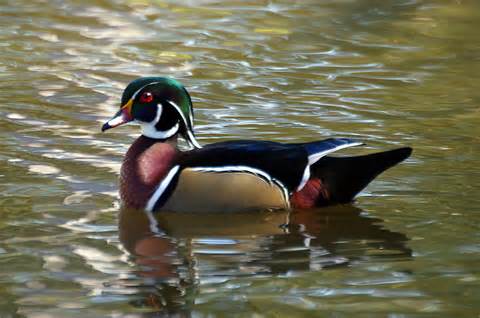
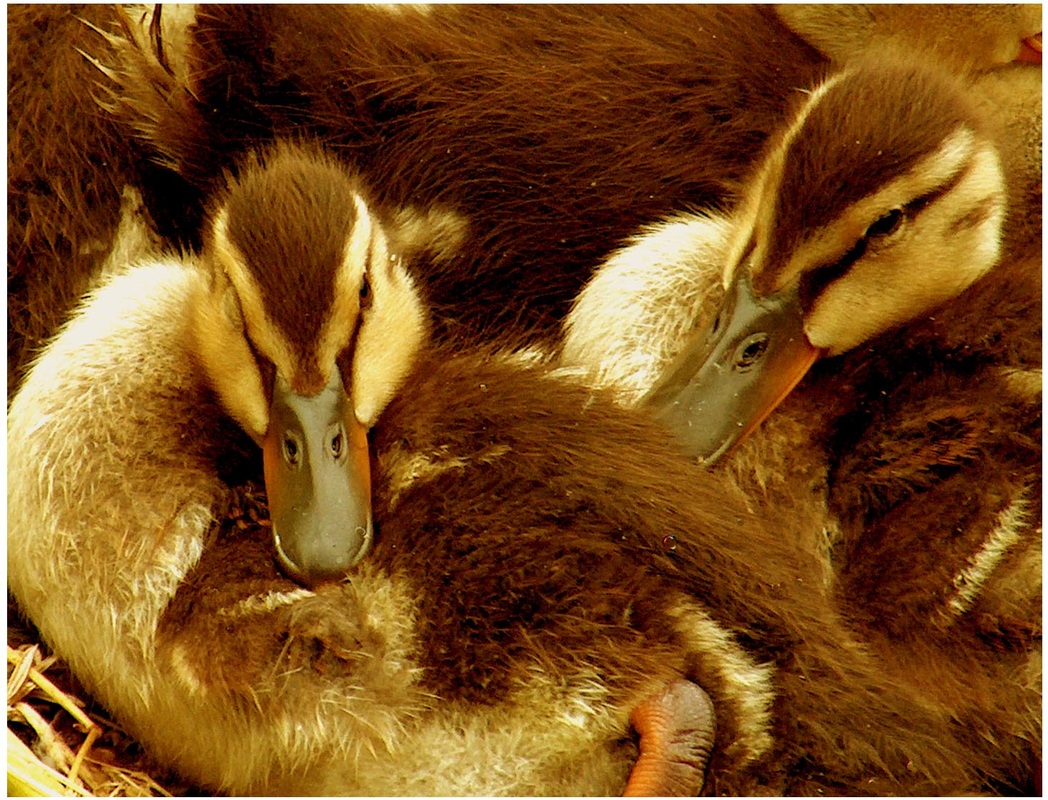
 RSS Feed
RSS Feed
